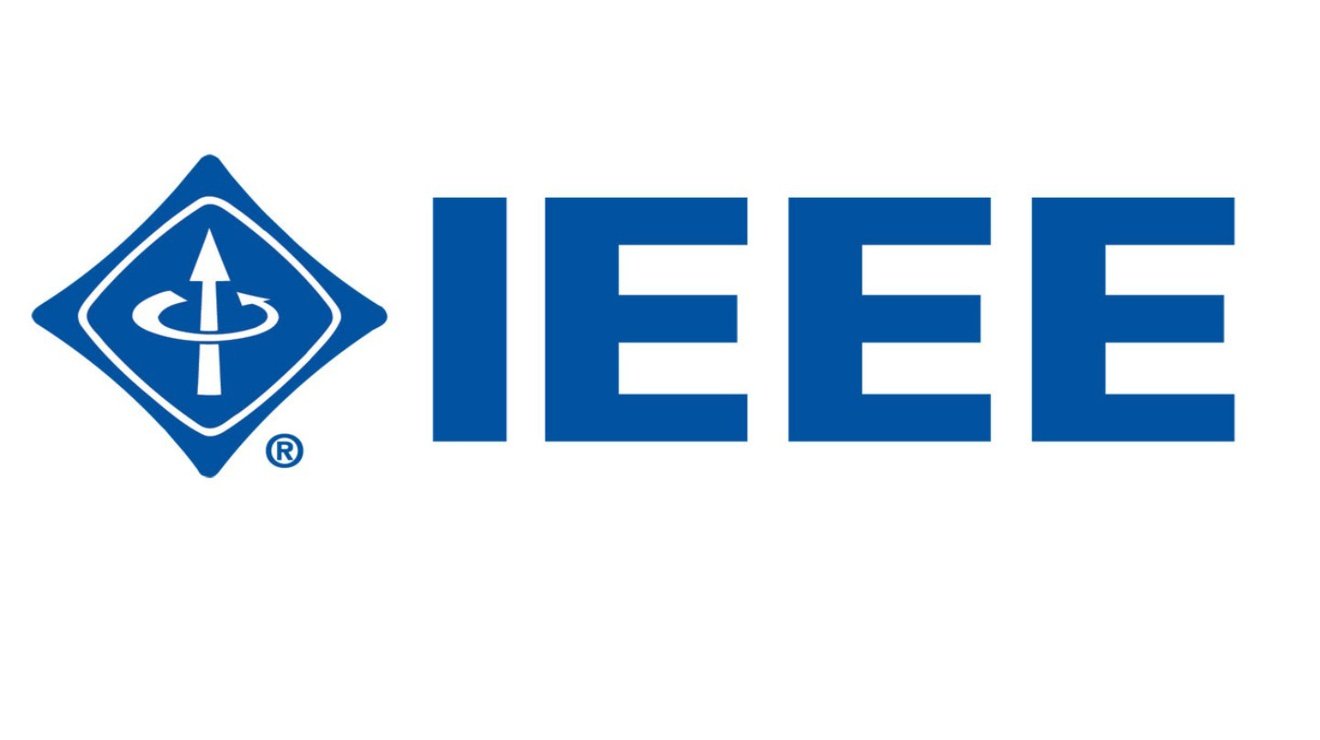
Convolutional Neural Networks
Introduction
Artificial intelligence is transforming how machines understand the world, and Convolutional Neural Networks (CNNs) play a central role in that evolution. These deep learning models are engineered to analyze visual information, making them indispensable for tasks such as medical imaging, facial recognition, and autonomous navigation.
Core Idea
Unlike traditional neural networks that treat every pixel as independent, Convolutional Neural Networks capture spatial relationships within images. Using small filters that slide across input data, they detect basic patterns—edges, corners, and textures—which deeper layers combine into complex representations like faces or entire objects.
Key Components
CNNs consist of specialized layers, each with a specific purpose:
Convolutional Layers: Learn visual features through trainable filters.
Pooling Layers: Downsample feature maps to reduce computation.
Activation Functions: Add non-linearity, typically through ReLU.
Fully Connected Layers: Integrate features for final classification.
Together, these layers transform raw pixel data into meaningful predictions.
How the Process Works
The workflow begins by feeding an image into convolutional layers that highlight essential patterns. Pooling layers shrink the data size, activation functions introduce flexibility, and fully connected layers generate output such as object labels. Training relies on backpropagation, where filters adjust automatically to minimize errors.
Wide-Ranging Applications
The influence of CNNs extends across industries:
Healthcare: Detects anomalies in X-rays, MRIs, and CT scans.
Automotive: Recognize pedestrians, lane markings, and traffic signs for self-driving vehicles.
Retail and E-Commerce: Power product image searches and smart tagging.
Security Systems: Enable facial recognition and intrusion detection.
Agriculture: Monitor crop health through aerial drone imagery.
These examples highlight how Convolutional Neural Networks impact daily life and business operations.
Notable Architectures
Several groundbreaking CNN models have shaped modern computer vision:
LeNet: Early proof of concept for digit recognition.
AlexNet: Pioneered large-scale image classification.
VGGNet and ResNet: Pushed depth and accuracy to new levels.
Inception Models: Improved efficiency with multi-scale feature extraction.
Each architecture brought unique innovations that continue to influence AI research.
Strengths and Advantages
CNNs remain popular because they offer:
Automatic Feature Extraction: Eliminate the need for manual feature engineering.
High Accuracy: Strong performance even with noisy or complex images.
Scalability: Handle everything from small datasets to real-time video streams.
These strengths explain why Convolutional Neural Networks dominate image-related AI tasks.
Challenges to Consider
Despite their power, CNNs come with hurdles:
Large Data Requirements: Effective training demands extensive labeled datasets.
High Computational Costs: Often need GPUs or specialized hardware.
Limited Interpretability: Understanding specific decision paths can be difficult.
Approaches such as transfer learning, data augmentation, and explainable AI techniques help reduce these obstacles.
Future Directions
The next wave of CNN research focuses on lighter, more efficient models suitable for mobile and edge devices. Combining CNNs with attention mechanisms or transformers is expected to enhance accuracy while cutting computation time. These advancements ensure Convolutional Neural Networks will continue shaping innovations in robotics, augmented reality, and next-generation healthcare.


